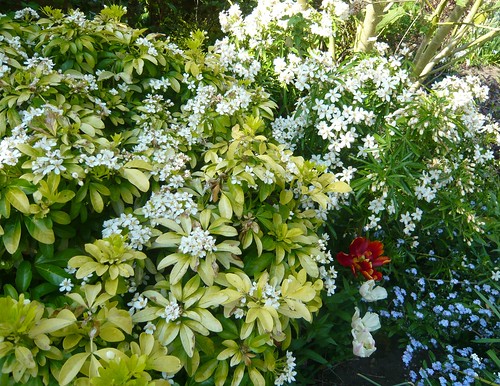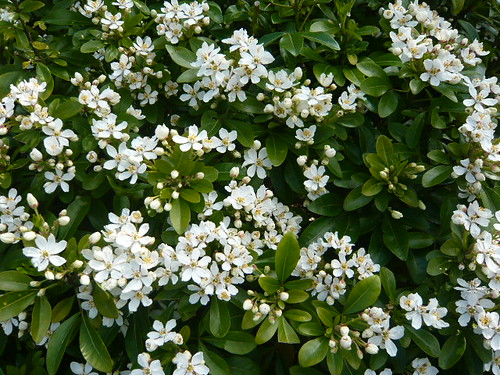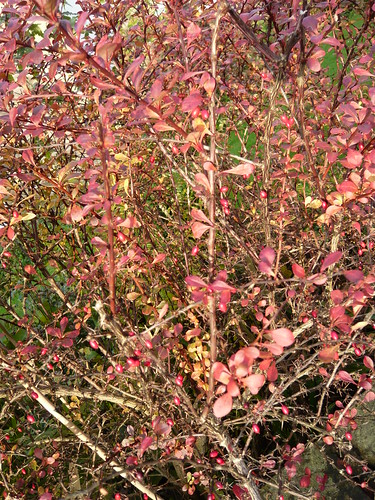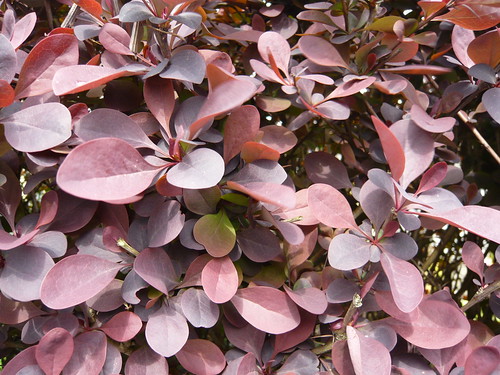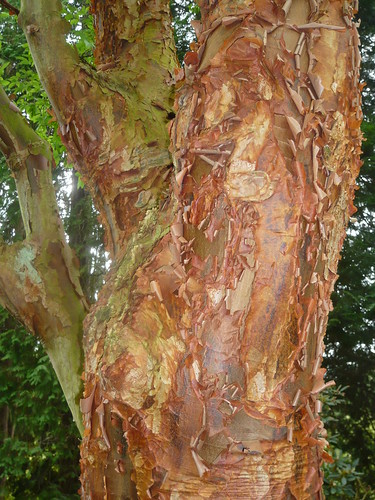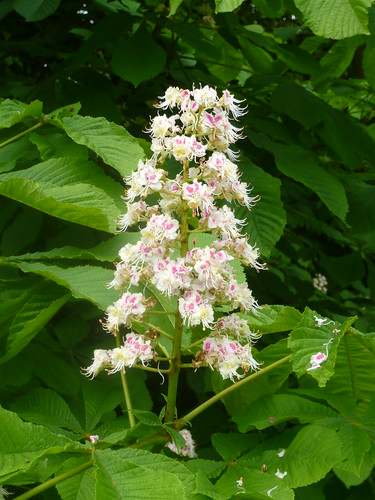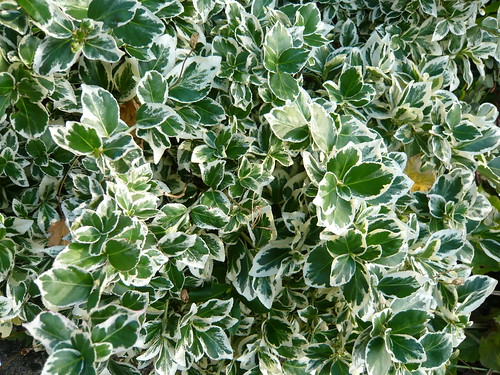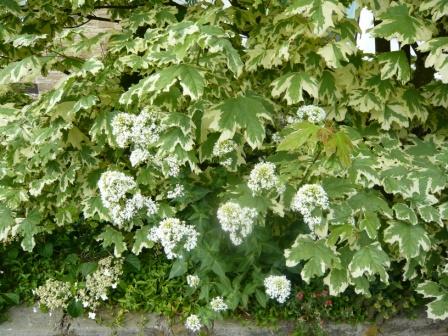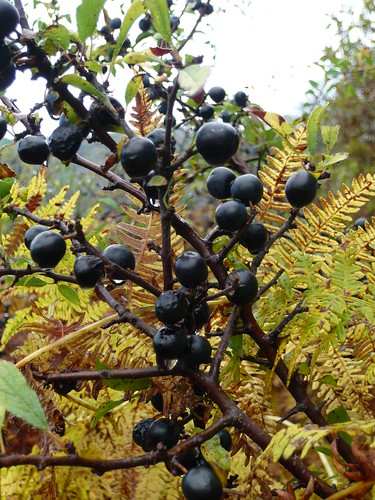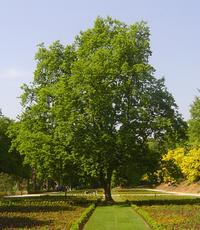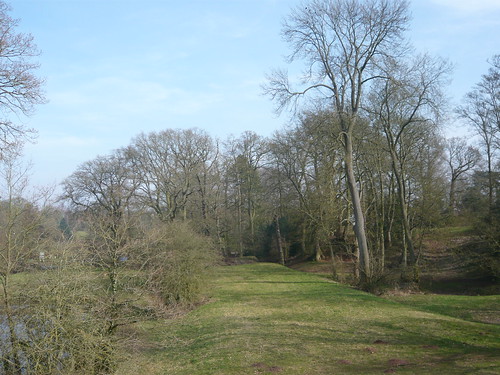Smoke Bush – Cotinus coggygiria
Electronic smoke from cigarettes but not from these smoke bushes.
Red leaved plants seem to be doing very well in this wet summer. I spotted this healthy shrub at Harlow Carr on a recent visit. The name smoke bush comes from the clouds of very fine, fluffy, grey flowers that appear on panicles in such profusion that it looks like a cloud of smoke.
- This variety is probably Royal Purple both it and other Nocutts hybrids are easy to grow at home.
- Propagate by taking a spade to an existing shrub and chopping one piece out without lifting the plant. A sort of division in situ.
- They are deciduous shrubs and mine have a lax habit that probably needs a bit of pruning but I don’t want to sacrifice the flowers.
- The mature shrubs are a neat round shape.
- The leaves are also a neat round simple leaf

